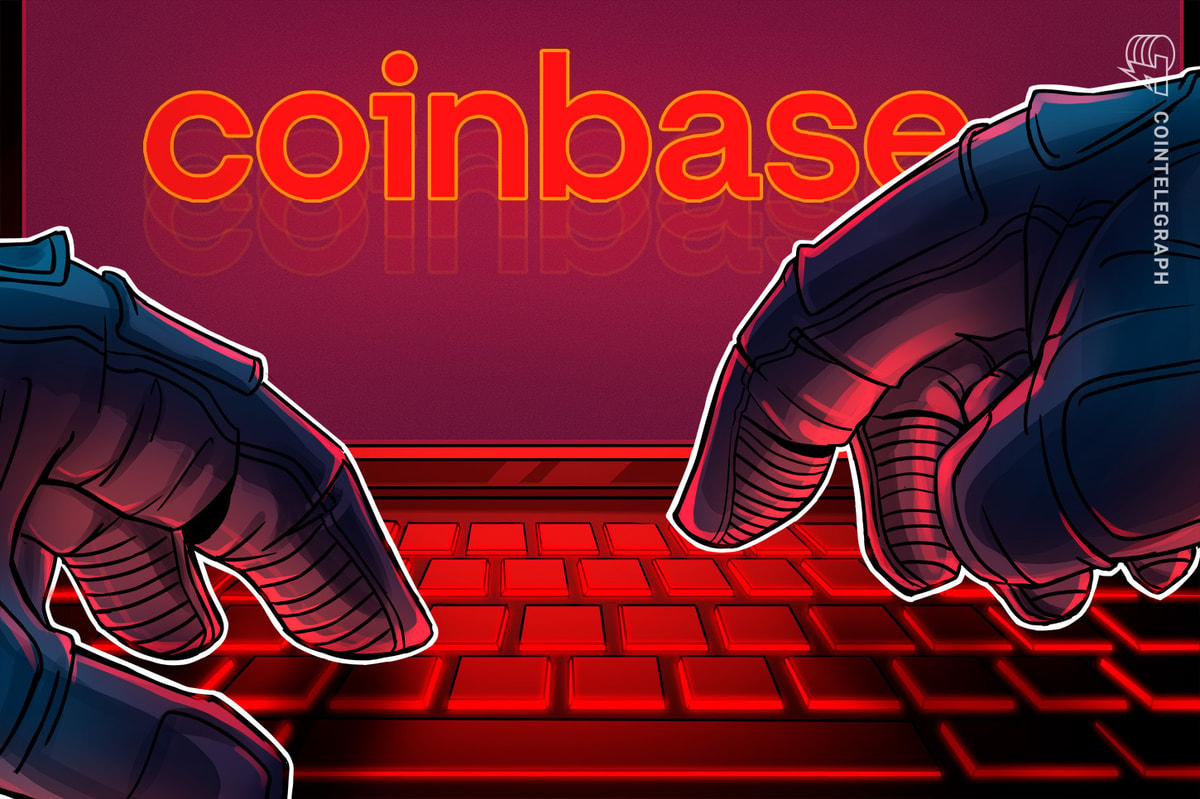
Both the Defense Advanced Research Projects Agency (DARPA) of the U.S. Department of Defense (DoD) and NATO have put out requests for military-related apps built on blockchain technology, Quartzreports.
DARPA wants to leverage blockchain technology to create a secure messaging service. The request for proposals, titled “Secure Messaging Platform” and listed under the Small Business Innovation Research (SBIR) Program, targets a messaging platform able to transfer messages via a secure decentralized protocol that will be secured across multiple channels, including, but not limited to: transport protocol, encryption of messages via various application protocols and customized blockchain implementation of message deconstruction and reconstruction, and decentralized ledger implementation.
DARPA notes that the planned Secure Messaging Platform will permit mapping the business logic of the DoD ecosystem onto a network of known entities using distributed ledgers. “By doing this significant portions of the DoD back office infrastructure can be decentralized, ‘smart documents and contracts’ can be instantly and securely sent and received thereby reducing exposure to hackers and reducing needless delays in DoD backoffice correspondence,” notes the request for proposal.
The ultimate goal of the DoD is to be achieved in three phases. It includes a secure messaging system based on decentralized ledger architecture and blockchain implementation, which can provide repudiation or deniability, perfect forward and backward secrecy, time to live/self-delete for messages, one-time eyes-only messages, a decentralized infrastructure to be resilient to cyber-attacks and ease of use for individuals in less than ideal situations.
The objective of the project’s Phase I is to create a specific decentralized messaging platform built on the framework of an existing blockchain. Phase II will develop, test and evaluate a working prototype with specific features, including a decentralized backend blockchain implementation. Finally, Phase III will will focus on full-scale implementation, industrialization and commercialization of the platform.
Since the project’s Phase I is intended to leverage an existing blockchain implementation, it’s interesting to note that the project’s documentation makes explicit references to the Linux Foundation’s Hyperledger Project, a collaborative effort started in December to develop an open, distributed ledger platform that will satisfy a variety of use cases across multiple industries. Supported by high-profile cross-industry players such as IBM, Intel, Accenture, as well as several banks and financial services firms, the Hyperledger Project has acquired a momentum that seems difficult to stop.
Hyperledger’s blockchain technology is independent of Bitcoin, and many companies in the group support radical alternatives to Bitcoin. For example, Accenture and Digital Asset Holdings, among others, expressed support for private, “permissioned” non-Bitcoin blockchains. It seems plausible that the permissioned approach is especially appealing for the defense establishment.
DARPA is not explicitly mandating the use of Hyperledger, but reading the Questions and Answers part of the Secure Messaging Platform request for proposal gives the impression that DARPA is strongly encouraging the use of Hyperledger.
“This is a fantastic move, and will pave the road for many entrepreneurs to roll up sleeves and start contributing to this sector” said Kevin Shahbazi, CEO of cloud-based security specialist LogMeOnce, as reported by Fox News. “DARPA’s task is significant, and it will help the market overall.”
Shahbazi added that blockchain technology is more trustworthy than legacy systems because messages and transactions are distributed and not kept in one central location, which makes hacking more difficult and at the same time easier to detect.
“Blockchain protocols are a new class of protocols that are extremely resilient to attack ‒ they gain that resiliency by virtue of being decentralized,” added Emin Gun Sirer, associate professor of Computer Science at Cornell University. “It’s wonderful to see the government take an active interest in a very happening and very hot area of computer systems.”
In a related move, the NATO Communications and Information Agency is evaluating proposals submitted to the 2016 Innovation Challenge, aimed at accelerating transformational, state-of-the-art technology solutions in support of NATO C4ISR and cyber capability requirements. The request for outline proposals has a section titled “Military applications of Blockchains,” which includes application of blockchain technology to military logistics, application of blockchain technology to procurement and finance and a catch-all described as “other applications of interest to the military.” The NATO request for proposal also includes an Internet of Things (IoT) section, which seems appropriate for IoT-related applications of blockchain technology.
The growing interest of military agencies is one more signal that blockchain technology is becoming mature and ready for real-world application, and could bring more mainstream credibility and funding to distributed ledger development.










